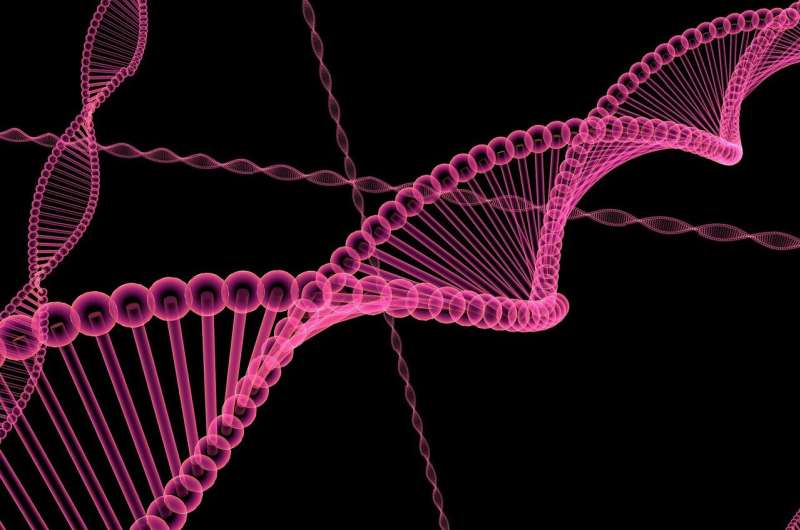Novel method for reading complete genomes from limited amounts of biological material

An improved method for reading and interpreting genomes from organisms that are difficult to investigate has been developed at Uppsala University. A team of researchers, led by Dr. Anna Rosling, has applied this method to decipher the genetic information of fungi present in the environment, which can be relevant, for example, for plant growth.
Many organisms living on our planet cannot be easily investigated because they are tiny and scientists do not know how to grow them in the laboratory. However, these organisms can be helpful for us. They can produce therapeutic substances or improve the productivity of crop fields or fruit trees.
Scientists currently have powerful methods for reading the genetic information of any organism. They can sequence their DNA, their genomes. However, these methods usually require substantial amounts of the organism under investigation. This is difficult when the organism is present in limited amounts in the environment, or when it occurs in conjunction with other similar species.
Filamentous fungi form long tubes spreading and branching in all directions. Inside these minute tubes, they have numerous nuclei (where the DNA can be found), and these nuclei can be genetically different. Studying these organisms has been challenging to date. However, the novel method described by Montoliu Nerín and co-authors provides an effective solution to this problem. Together with SciLifeLab, a research infrastructure for molecular biosciences, they have developed a sophisticated procedure to isolate individual nuclei and applied DNA sequencing tools to them. The level of sensitivity they have achieved has made it possible to obtain complete, fully assembled genomes from just five or six nuclei.
The method, though developed for fungal research, can be applied to any organism, making this technological advance useful for the rest of the scientific community.
The study is published in Scientific Reports, and is freely available online.
More information: Merce Montoliu-Nerin et al. Building de novo reference genome assemblies of complex eukaryotic microorganisms from single nuclei, Scientific Reports (2020). DOI: 10.1038/s41598-020-58025-3
Journal information: Scientific Reports
Provided by Uppsala University





















